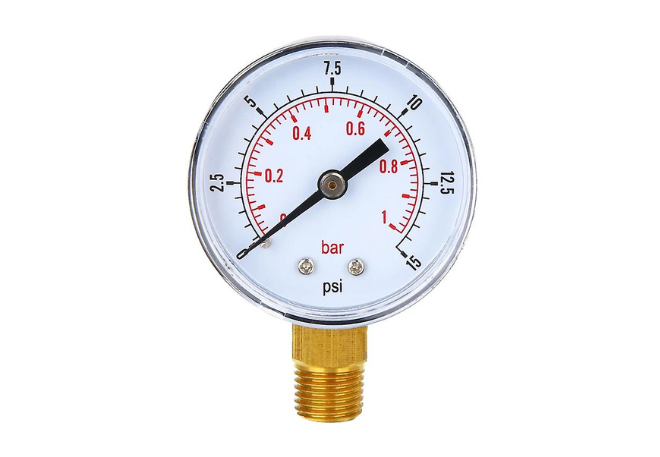Are Cat7 Cables the Future of Network Communication?
Unveiling the Power of Cat7: Elevating Network Efficiency
In an era where data transmission speed and bandwidth are pivotal, Cat7 cables emerge as the superior choice for tech enthusiasts and professional setups alike. Known formally as Category 7 cables, these advanced network communication cables are designed to cater to the most demanding networking environments. Boasting a significant leap in performance over its predecessors, Cat7 cables offer a robust solution for achieving ultra-fast speeds. The architecture of these cables is tailored to provide maximum shielding against electromagnetic interference, a common challenge in high-speed data environments. This feature ensures an uninterrupted and high-quality connection essential for streaming high-definition video, managing large databases, and executing high-speed transactions.
Optimizing Your Network with Cat7: A Strategic Investment
Investing in Cat7 cables is akin to future-proofing your network infrastructure. These cables support higher bandwidths up to 600 MHz, which is a substantial upgrade compared to earlier versions. This capacity enhances the overall efficiency of network systems, allowing for multiple high-demand applications to run simultaneously without lag. Furthermore, Cat7 cables are compatible with standard Ethernet connectors, which makes them a versatile option for both new and upgraded installations. The backward compatibility with Cat5 and Cat6 systems ensures that integrating Cat7 cables into existing network setups is seamless and cost-effective. Whether for a new installation or upgrading an existing network, Cat7 cables provide a significant return on investment by boosting network performance and stability.
The Technical Superiority of Cat7: A Closer Look
Delving deeper into the technical aspects, Cat7 cables are constructed with a unique shielding mechanism that is pivotal in minimizing signal attenuation—the loss of signal strength over distances. Each of the twisted pairs within the cable is individually shielded, with an additional layer of shielding over the entire bundle. This double-shielding technique, known as Screened Shielded Twisted Pair (SSTP) or Shielded Foil Twisted Pair (SFTP), is what sets Cat7 apart from its competitors. This configuration not only reduces cross-talk and system noise but also enhances the precision and stability of the data being transferred. As a result, Cat7 cables are exceptionally well-suited for environments that require the transmission of sensitive or critical data at high speeds.
Enhancing Home and Office Networks with Cat7
The versatility of Cat7 cables makes them an ideal choice for a wide range of applications. In the home, they can transform the multimedia experience, supporting higher data rates required for smart home technologies and high-definition streaming. In office settings, Cat7 cables facilitate high-speed network communications cable essential for cloud computing, server applications, and other professional demands. By enabling faster data transfer rates and greater bandwidth, Cat7 cables help in minimizing bottlenecks that can occur with lesser-grade cables. This capability not only enhances the efficiency of daily operations but also supports the growth of businesses by accommodating increased data flows and more connected devices.
Future-Proofing Through Advanced Cable Technology
Conclusion
In conclusion, Cat7 cables represent a significant advancement in network cable technology, offering unparalleled speed, bandwidth, and reliability for both current and future networking demands. Their robust construction and backward compatibility make them an ideal choice for upgrading existing networks or designing new ones. By choosing Cat7 cables, businesses and individuals can ensure that their network infrastructure is not only capable of meeting today's demands but is also prepared for the innovations of tomorrow.
.jpg)



Comments
Post a Comment